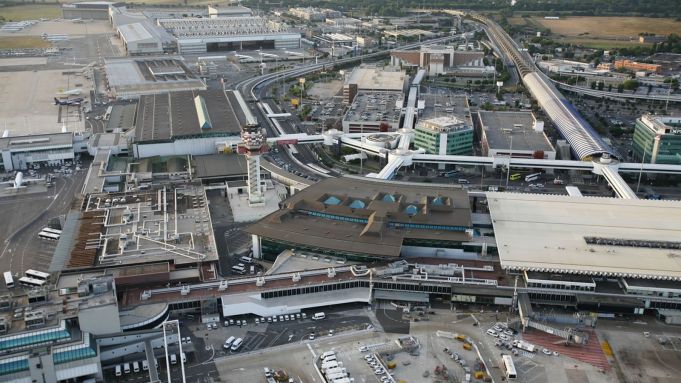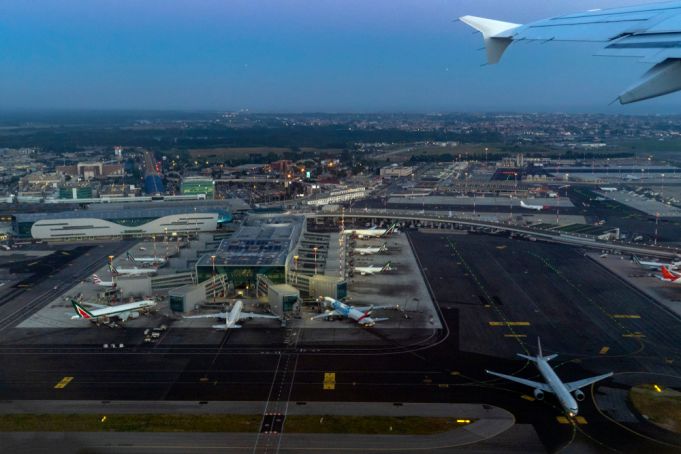The story of Rome's main airport, from the 1960 Olympic Games to its modern-day success.
Rome's Leonardo Da Vinci International Airport, better known as Fiumicino, opened to air traffic on 20 August 1960, five days before the start of the city's Olympic Games.
The airport, viewed as a symbol of restart during Italy's post-war economic boom, was inaugurated officially on 15 January 1961.

Designed to cope with increasing demand for flights to the Italian capital, the new airport came about after two designs were merged: plans by Riccardo Morandi and Andrea Zavitteri were combined with those by Amedeo Luccichenti and Vincenzo Monaco.
The final project was approved in August 1958 and the construction works lasted 21 months, during which the hulls of seven ancient Roman ships were discovered.
During the 1960 Olympics, Fiumicino (FCO) was used to help alleviate Rome's other airport, Ciampino.
Fiumicino did not become fully operational however until 15 January 1961, with the landing of the first airliner: the Twa Lockheed Constellation from New York.
Located about 35 km southwest of the centre of Rome, Fiumicino consisted of just two runways in the 1960s, with a third one added in 1973 along with a new hangar to accommodate Boeing 747s.
In recent years the airport has won multiple accolades, however its quality of organisation and customer service was not always at the award-winning level it enjoys today.
Over the past six decades the airport has also been affected by tragic events including terrorist attacks in 1973 (32 dead) and in 1985 (13 dead).

Fiumicino suffered a setback too with a fire in 2015, which spread to Terminal 3, causing considerable disruption but no serious injuries.
2020 was a difficult year for Fiumicino, due to the covid-19 pandemic, however airport authorities rose to the challenge by enforcing strict covid regulations.
Fiumicino has recently undergone an extensive modernisation programme and has been to the forefront in technological development, becoming the first Italian airport to install e-gates.
In 2022 the airport inaugurated a massive new boarding area linked to Terminal 1, with 23 gates, following a €400 million investment by its management company Aeroporti di Roma (AdR).
The airport has also achieved much success with awards, including among passengers, and in 2023 it welcomed more than 40 million passengers.
The airport was also recently recognised by the United Nations World Tourism Organization (UNWTO) for its commitment to sustainability.
In July 2024 Fiumicino was rated Best European Airport for the sixth time, a prestigious recognition awarded by Airports Council International (ACI) in the category of hubs with more than 40 million passengers.
Cover image credit: Francesco Lorenzetti / Shutterstock.com.
General Info
View on Map
Rome's Fiumicino Airport: a history
00054 Fiumicino, Metropolitan City of Rome, Italy

















